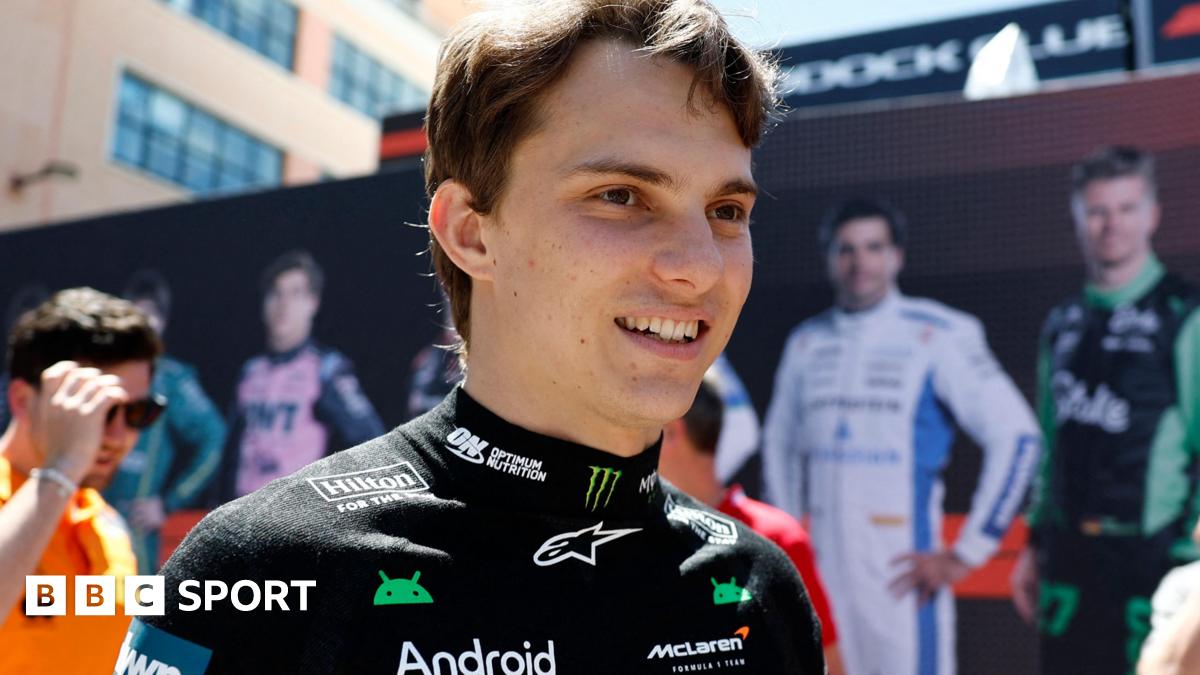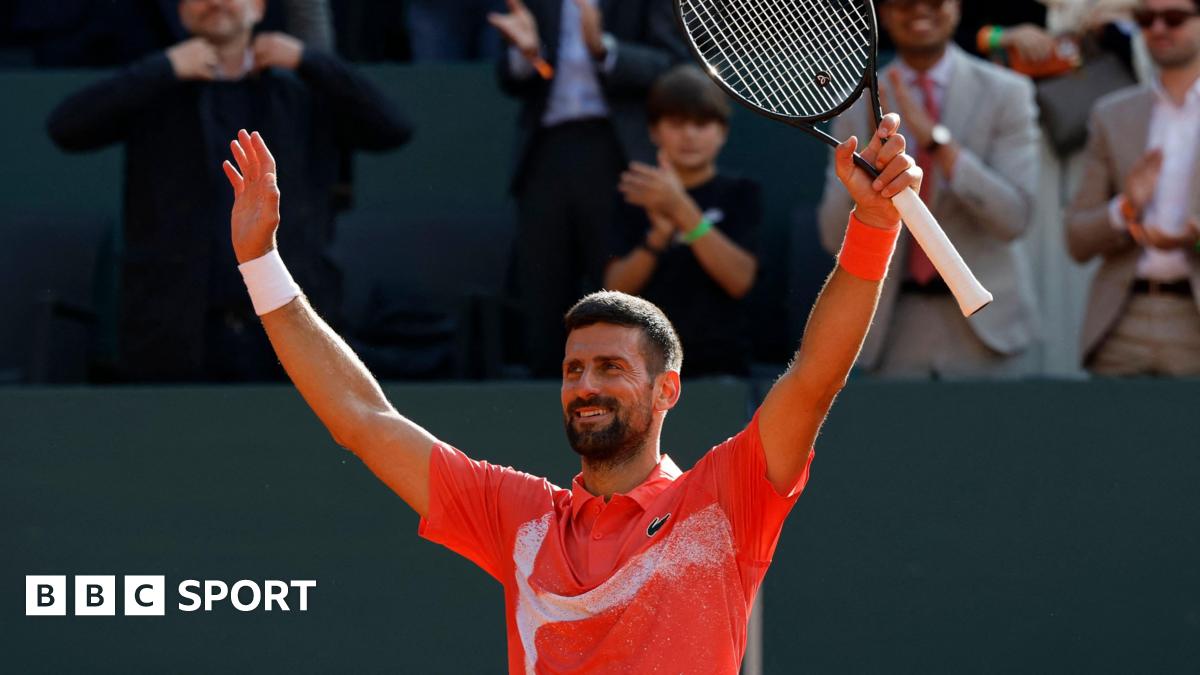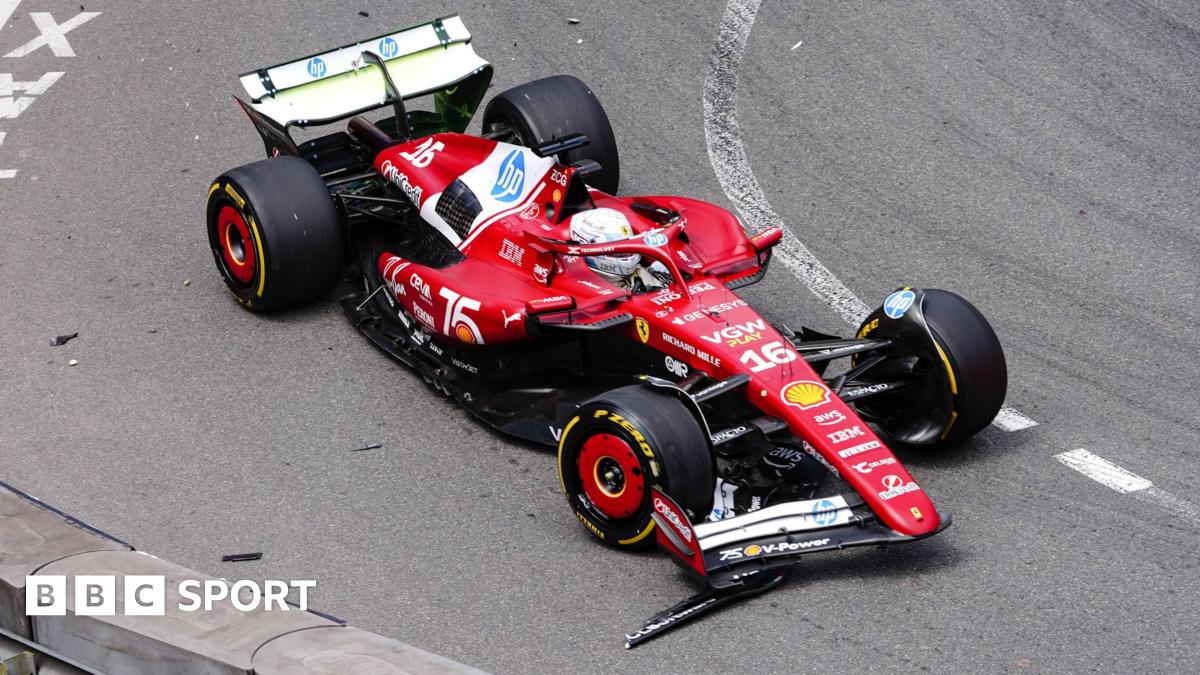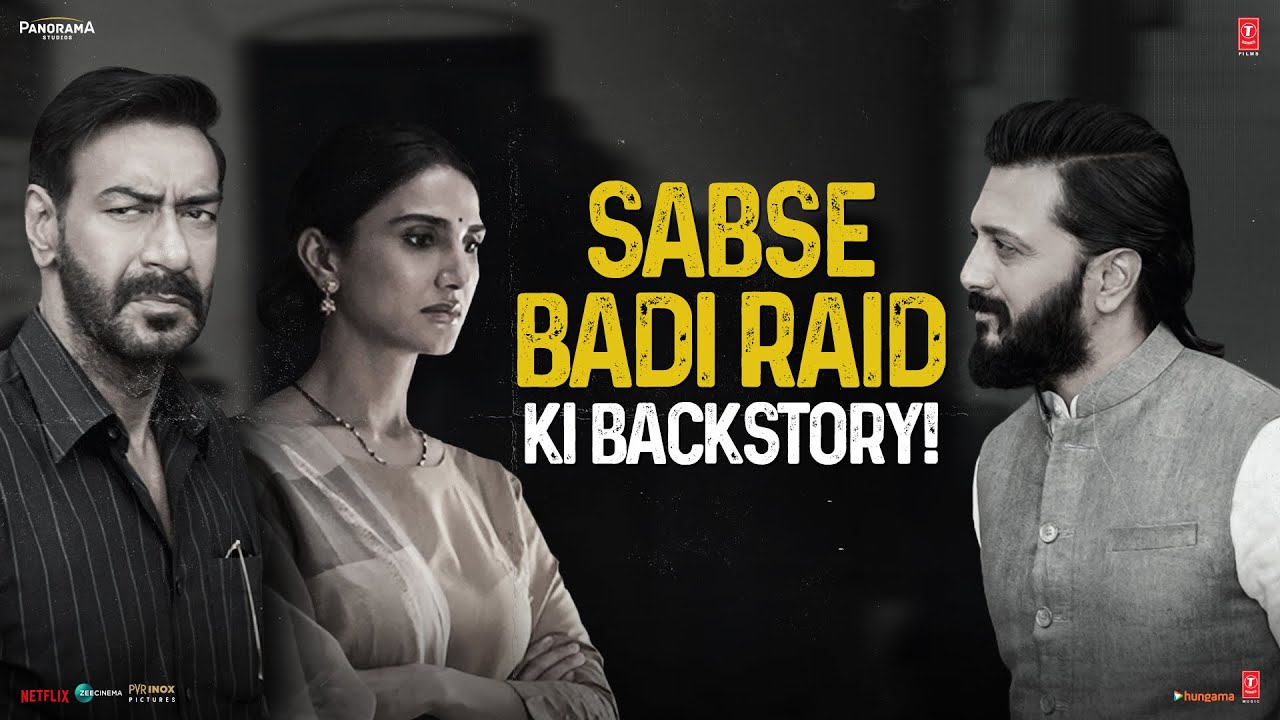What impresses about Piastri in battle is the preciseness. He doesn’t waste energy. He doesn’t go for a move that’s not on, or try a half move that is not going to come off. He waits, and pounces when the moment is just right.
“I learned pretty early on in my career that normally when you do things half-heartedly in a race car, that’s normally when things go wrong,” he says.
“Whether that’s pushing on a qualifying lap or especially overtaking someone, normally actually the best way to not get yourself in trouble is by just committing to things.
“That’s obviously a bit of a mental hurdle to get over, but I feel like once I got over that in my karting days, then it’s been more or less a strength of mine ever since.”
The racing skills have been apparent in Piastri from the start in F1. Where he has stepped it up this season is in his outright performance.
Last year, Norris was unquestionably McLaren’s lead driver, the one usually taking the fight to Verstappen. Piastri beat the Briton only four times in qualifying in the whole season, and his average lap-time deficit to his team-mate was 0.147 seconds.
This season, the score is 6-3 in Piastri’s favour over all qualifying sessions, including the sprints, and now the average time advantage is 0.146secs for him.
This is the foundation for his four wins, to Verstappen’s two and Norris’ one.
How has he turned things around so effectively?
“The team’s done a great job with the car,” Piastri says. “And the team’s also done a great job with myself. That part goes both ways. We’ve found gains in every area. The driver being one of them.
“Just trying to chase performance in every category, basically.
“Last year what was hampering me was my qualifying performances, which I think ultimately came down to a slight lack of pace overall. And going about trying to find that pace has been definitely a challenging exercise, but obviously a very worthwhile one.”
The answer, he says, has been “trying to just find the last couple of hundredths (of a second) in every category you can. And they all add up.
“The first place you look at is obviously the driving and the data, and no two people will drive in an identical way. But normally there’s some traits from one driver that are better than the other. And some from another that are better than your team-mate’s.
“So Lando has obviously been a great reference for that, being very, very quick the whole time we’ve been together.
“I am maybe a faster driver. But I don’t think it’s because I can now do things that I couldn’t do before. It’s just that I’m able to tie it together a lot more.
“You work on the technical aspects of driving. Whether it’s how you brake and turn, how you apply your steering lock. It’s quite hard to teach yourself to drive un-instinctively, but it is possible.”
















Leave a Reply